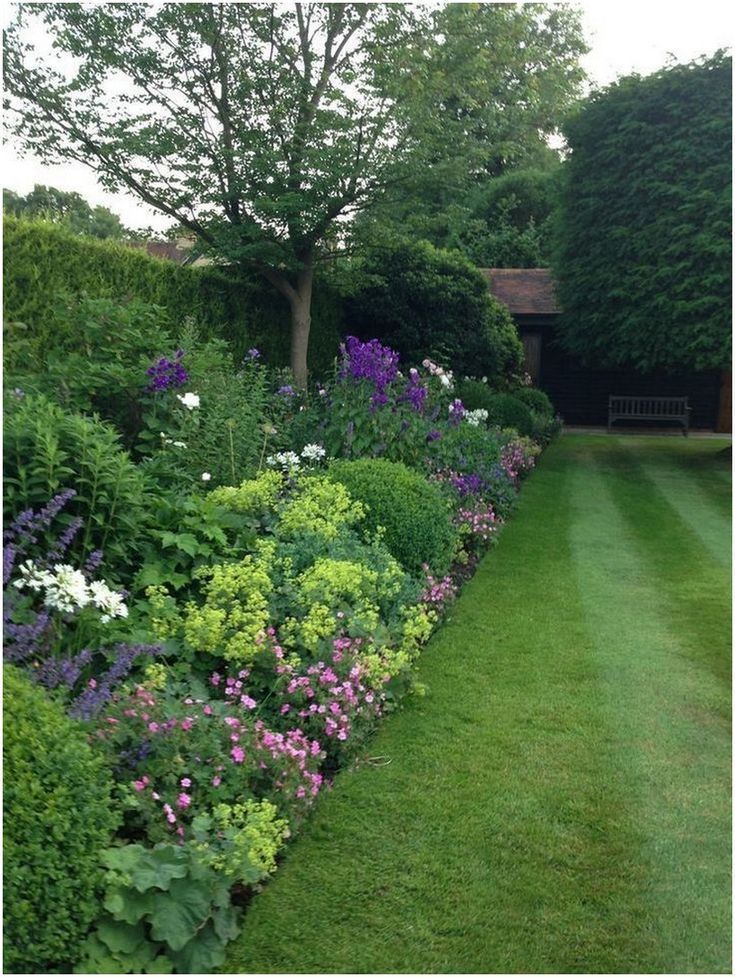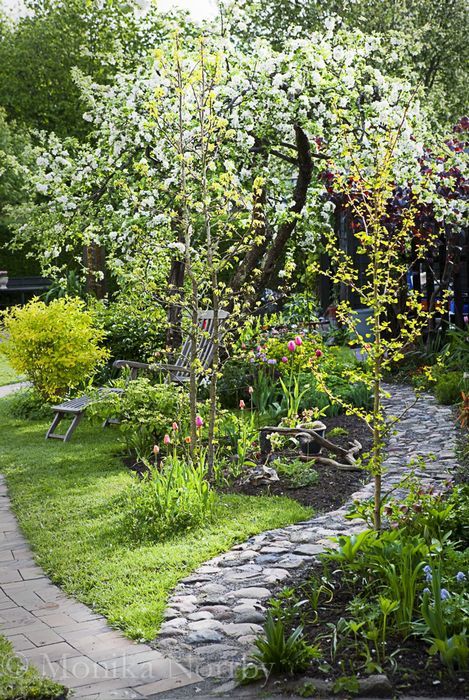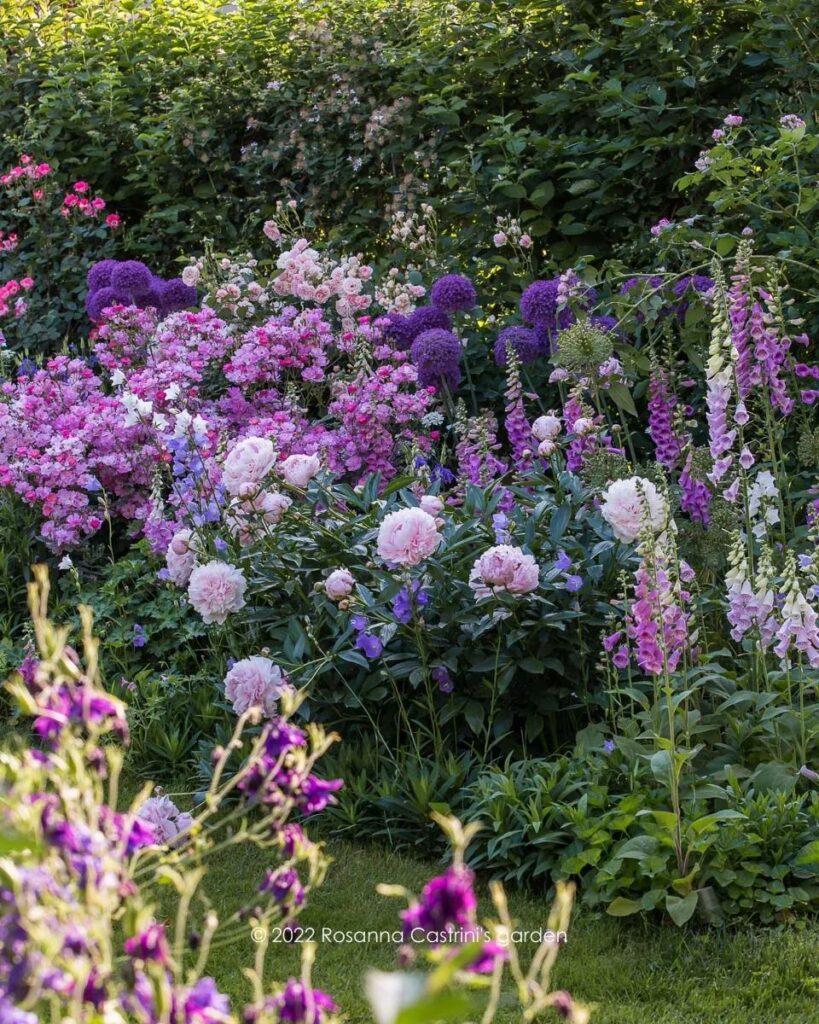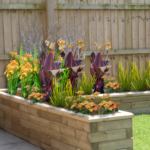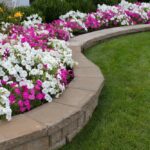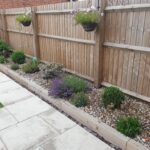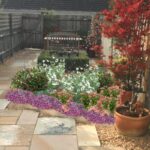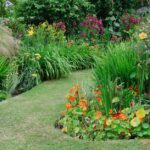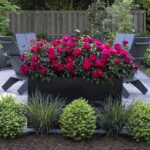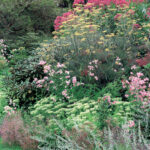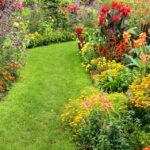Garden design borders are an essential element in creating a visually appealing outdoor space. Borders serve as a transition between different areas of the garden, adding structure and definition to the landscape. Whether you prefer a formal, structured border or a more natural, organic look, there are endless possibilities for creating beautiful borders in your garden.
When designing borders for your garden, it is important to consider the overall style and theme of your outdoor space. For a formal garden, consider using straight lines and geometric shapes to create a clean and orderly border. Neatly trimmed hedges, symmetrical planting beds, and neatly edged pathways can all contribute to a formal border design. On the other hand, a more natural garden border might feature curved lines, flowing shapes, and a mix of different plant varieties for a more relaxed and informal look.
One key consideration when designing garden borders is plant selection. Choose plants that will complement each other in terms of height, color, and texture. Consider incorporating a mix of annuals, perennials, shrubs, and ornamental grasses to create visual interest and variety in your borders. Varied plant heights can also help create depth and dimension in your garden, while selecting a color palette that complements the rest of your outdoor space can tie everything together seamlessly.
In addition to plant selection, consider incorporating other elements into your garden borders, such as decorative edging materials or pathways. Natural stone, brick, and metal are popular choices for creating defined borders and adding a touch of elegance to the garden. Edging materials can help keep plants contained and prevent them from spreading into other areas of the garden, while pathways can provide structure and functionality, allowing easy access to different areas of the garden.
Maintenance is another important aspect to consider when designing garden borders. Choose plants that are easy to care for and that will thrive in your specific climate and growing conditions. Regular pruning, weeding, and mulching can help keep your borders looking neat and well-maintained throughout the growing season. Consider incorporating low-maintenance plants and ground covers to help reduce the amount of upkeep required.
Ultimately, the key to successful garden border design is to create a balance between form and function. Consider the overall aesthetics of your outdoor space, as well as the practical considerations of plant selection and maintenance. With careful planning and attention to detail, you can create beautiful, functional borders that will enhance the overall beauty and enjoyment of your garden.
